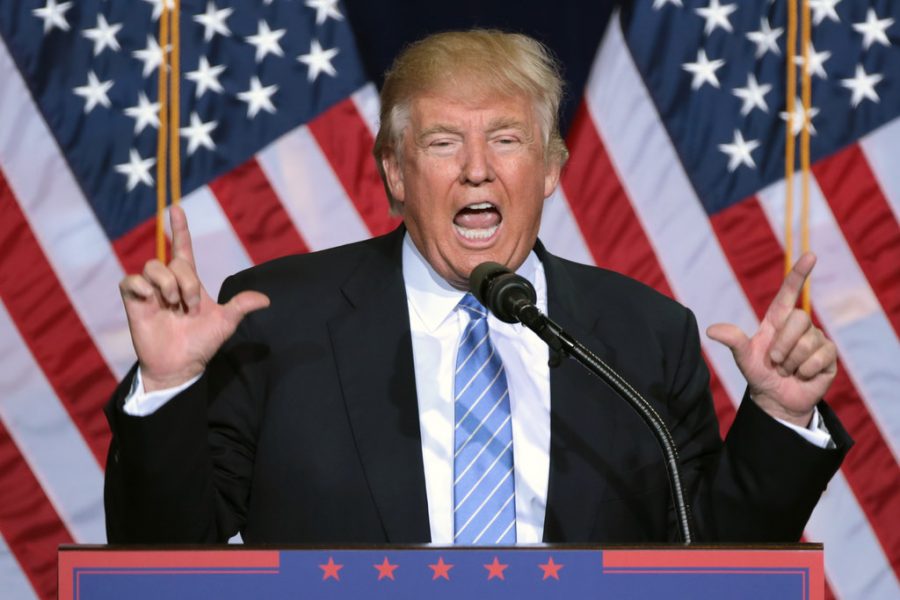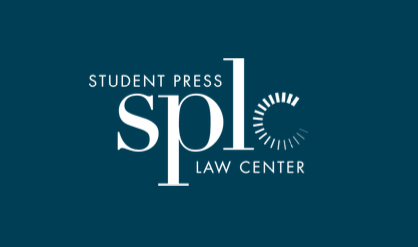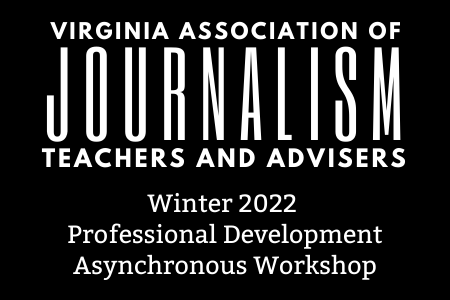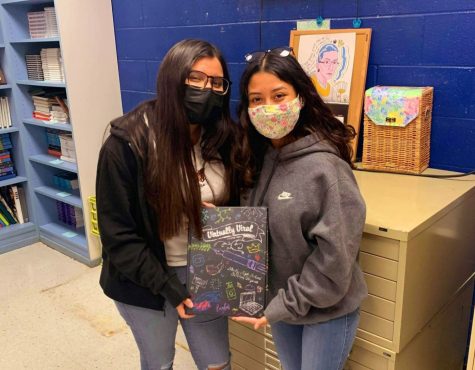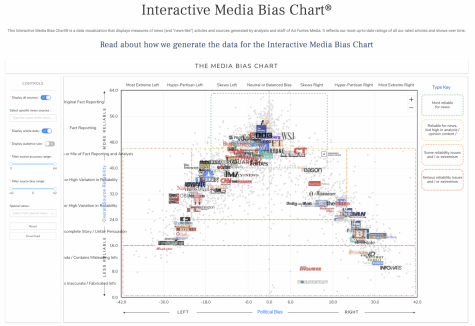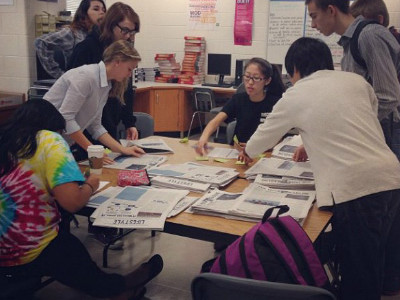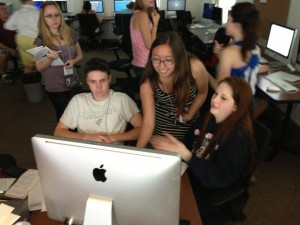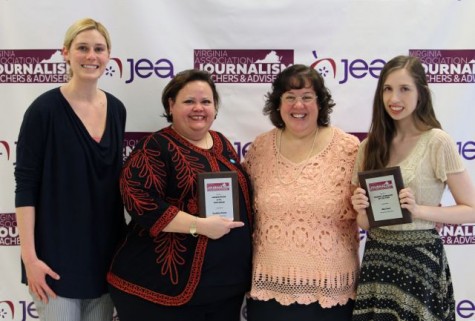Covering the 2017 Presidential Inauguration
January 17, 2017
If you are looking for resources to study presidential inaugural addresses, take a look at a past Washington Post NIE curriculum guide. This was prepared in 2009, but can be easily adapted to study Donald Trump’s inaugural address.
This guide was prepared before nie.washingtonpost.com postings so it is in PDF format. Find it at https://nie.washingtonpost.com/sites/default/files/PresidentialLegacyandLanguage.pdf
“What Do You Know About Presidential Inaugurals?” could be used with your media students or shared with a government or U.S. History teacher.
“The Inauguration of a U.S. President” may be useful for recording the day and ceremony. You will need to modify the list of onstage individuals or simply white-out the names and leave blanks.
Presidential Legacy and Language
The Constitution provides the framework for the inauguration of a president, but the individual adds his own mark on the ceremony, expresses his philosophy in his address and begins his legacy that may impact the lives of future generations and the character of American society. In this NIE guide, teachers will find resources and worksheets to guide annotation of past presidents’ and Obama’s 2009 addresses, to report on Inauguration Day, to study Lincoln’s legacy and to test one’s knowledge of past inaugurations. Reprinted Post articles cover the Lincoln-Obama connection, the role of the speechwriter, Lincoln’s cottage and conservation of artifacts, another dimension of preserving a legacy.
Also of interest:


